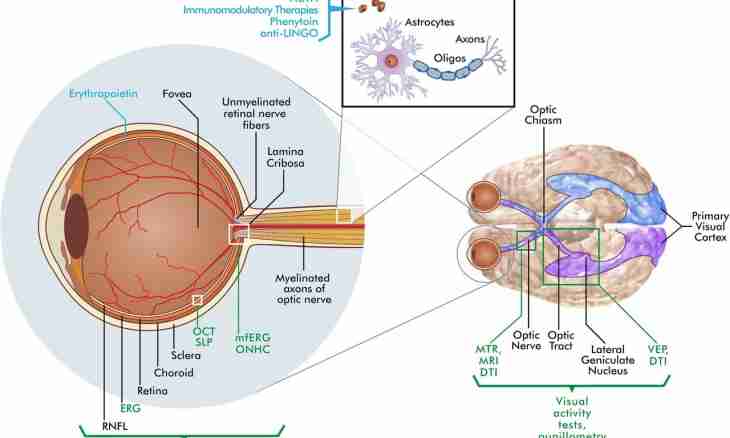The concept of potential found very wide circulation not only in science and technology, but also in life. So tension in an electrical network is a potential difference. Most accurately this concept is investigated in the theory of the field where it arises when studying special fields which part are potential.
Instruction
1. The vector field is formed by the vector size set in the form of function of points of field M (x, y, z). It is designated as F=F(M)=F (x, y, z) or F=i∙P (x, y, z+j∙Q (x, y, z+k∙R (x, y, z) where P, Q, R are coordinate functions. Vector fields received the greatest application in the theory of the electromagnetic field.
2. The vector field is called potential in some area if it can be presented in the form of F(M) =grad (f(M)). At this f(M)=f (x, y, z) is called the scalar capacity of the vector field. If F (M)= {P, Q, R }, then P=&partf/&partх, Q=&partf/&party, R=&partf/&partz. It is known that for any scalar function f the rotor of its gradient rot(gradf)=0. This equality is a necessary and sufficient condition of potentiality of F(M). It can be paraphrased in a look: ∂Q / ∂ x = ∂ P / ∂ y, ∂P / ∂ z= ∂ R / ∂ x, ∂R / ∂ y= ∂ Q / ∂ z.
3. How to define bpotentsialy/b of points of"" class= "" colorbox imagefield imagefield-imagelink" of" rel= "" gallery-step-images""> Calculation of potential of f of the potential F=i∙P field (x, y, z+j∙Q (x, y, z+k∙R (x, y, z) is made that owing to definition of df = by F∙dr (the scalar product means). Then f= ∫ (Mo of M) F∙dr= ∫ (Mo of M) P∙dx+Q∙dy+R∙dz represents curvilinear integral of the second sort along any line from Mo to a variable point of M. Proshche of all to use a broken line which pieces are parallel to coordinate axes (the condition of potentiality coincides with a condition of independence of curvilinear integral from a way of integration) (see fig. 1).
4. Start the decision. Designate x *, y *, z * coordinates of a variable point on the way of integration. On a piece of MOA of y *=yo, z *=zo, dy *=0, dz *=0 and ∫ (Mo A) Fdr= ∫ (xo x) of P (x *, yo, zo) dx*.Ha AV x*=x, z *=zo, dx *=0, dz *=0 and ∫ (A V) F∙dr= ∫ (yo y) of Q (x, y *, zo) dy*.Ha VM x*=x, y *=y, dx *=0, dy *=0 and ∫ (V M) F∙dr= ∫ (zo z) R (x, y, z *) ∙ dz*. Finally, f= ∫ (xo x) of P (x *, yo, zo) ∙dx *+ ∫ (yo y) of Q (x, y *, zo) ∙dy *+ ∫ (zo z) R (x, y, z *) ∙ dz*.
5. Example. Vector field F is given (x, y, z)(2x∙y+z) i + (x^2-2y) ∙j+x∙k. To find its potential in a point of M(1,2,1). Decision. Check whether the set field is potential. For this purpose it is possible to calculate its rotor, but it is simpler to use equalities of ∂Q / ∂ x = ∂ P / ∂ y, ∂P / ∂ z= ∂ R / ∂ x, ∂R / ∂ y= ∂ Q / ∂ z. Here P=2x∙y+z, Q=x^2-2y, R=x. ∂Q / ∂ x =2x, / ∂ y=2x – the first equality is executed by ∂P. ∂P / ∂ z=1, by ∂R / ∂ x =1 second equality is executed. ∂R / ∂ y=0, by ∂Q / ∂ z=0 – is executed also the third equality. Now calculate potential, having taken for the initial point (0,0,0) – it is the simplest. f= ∫ (0 x) 0∙dx *+ ∫ (0 y) ∙ (x^2-y *) ∙ dy *+ ∫ (0 z) ∙x∙dz *= (x^2) ∙y-y^2+x∙z. f (1,2,1)=-1.

